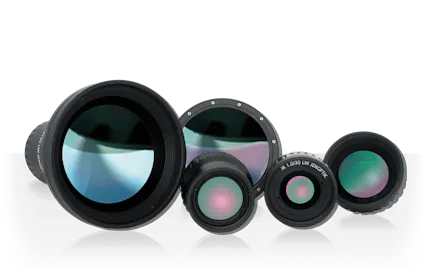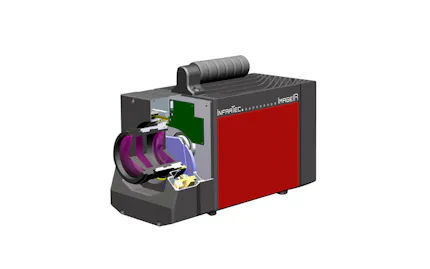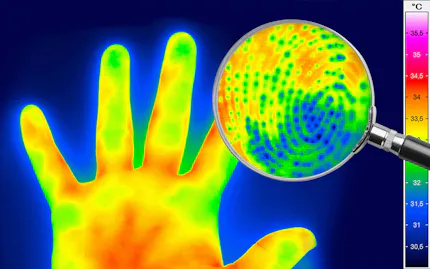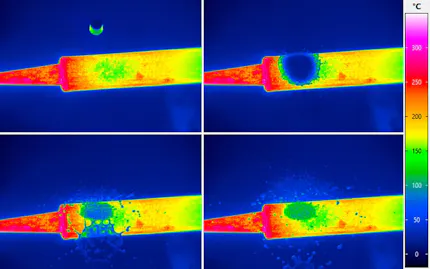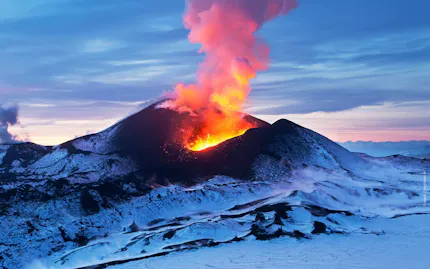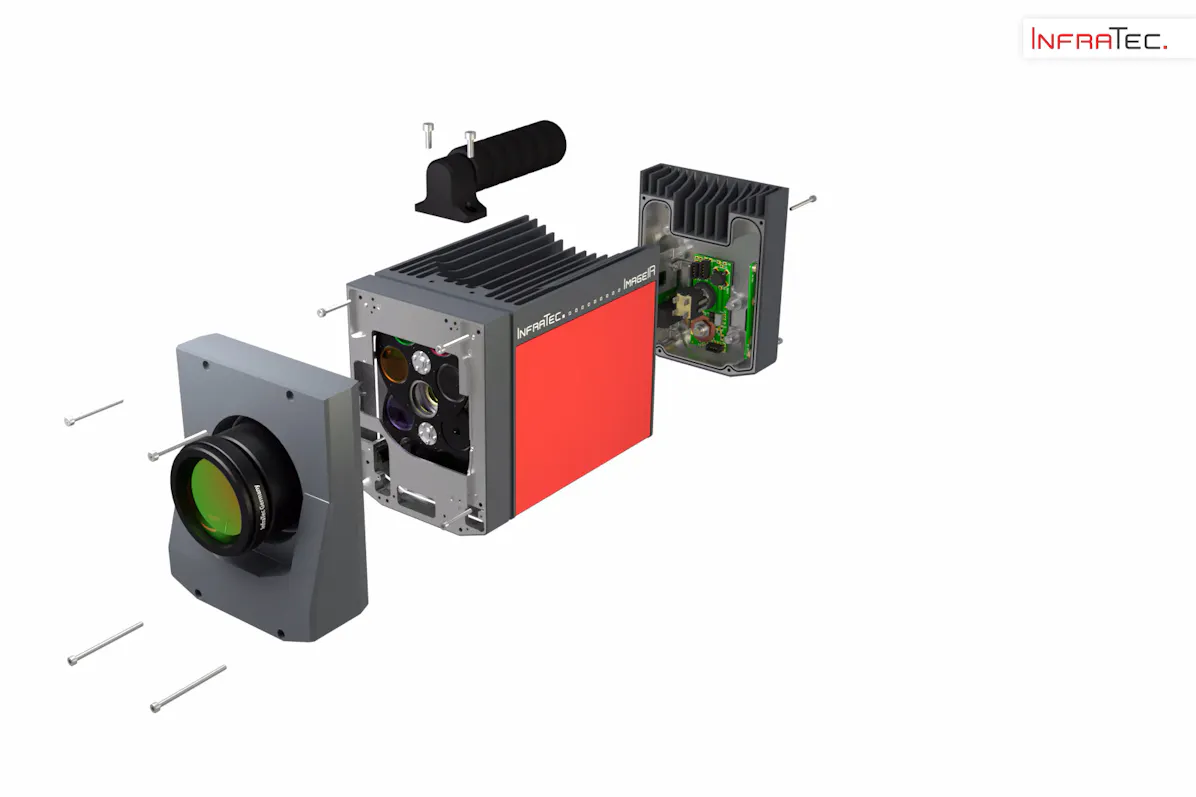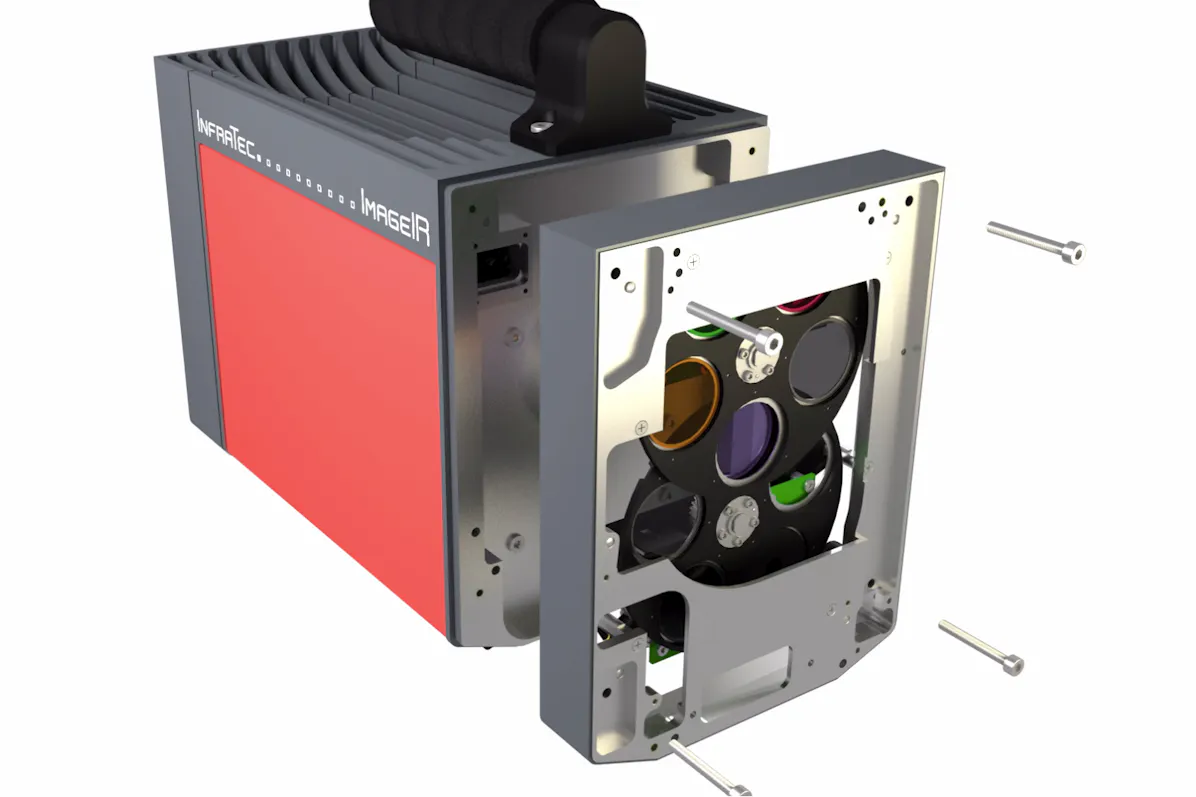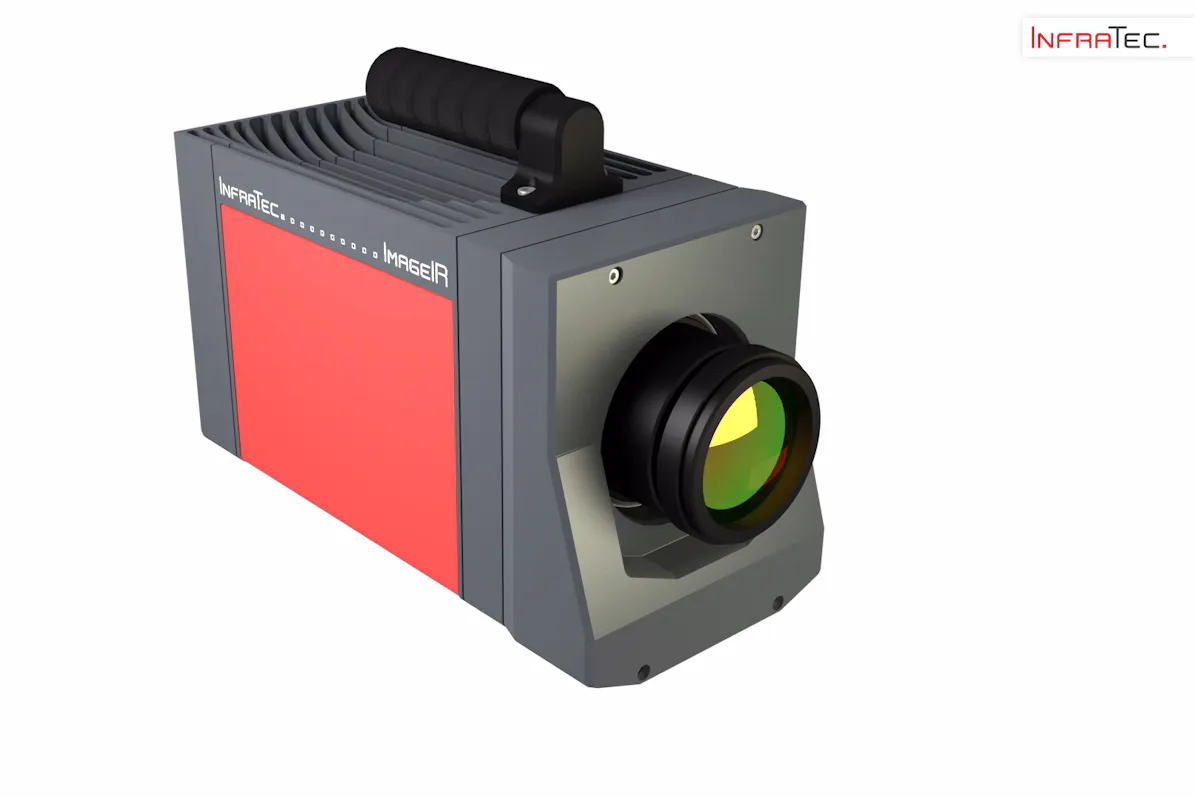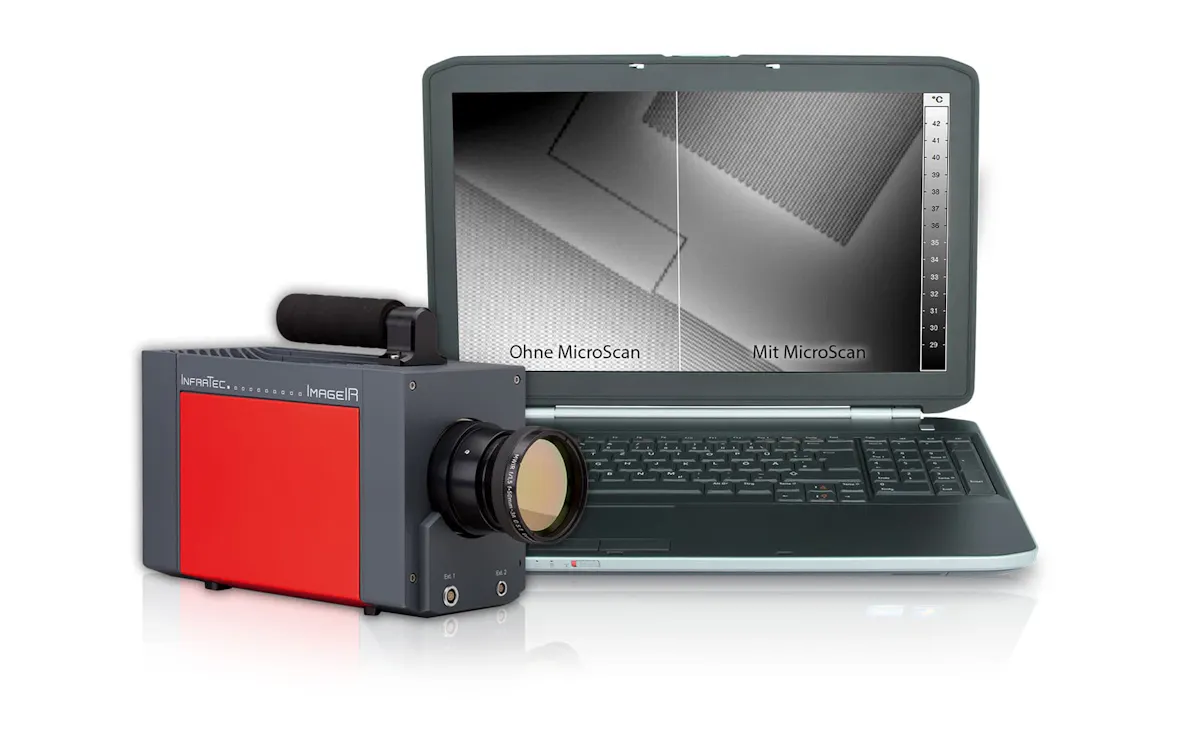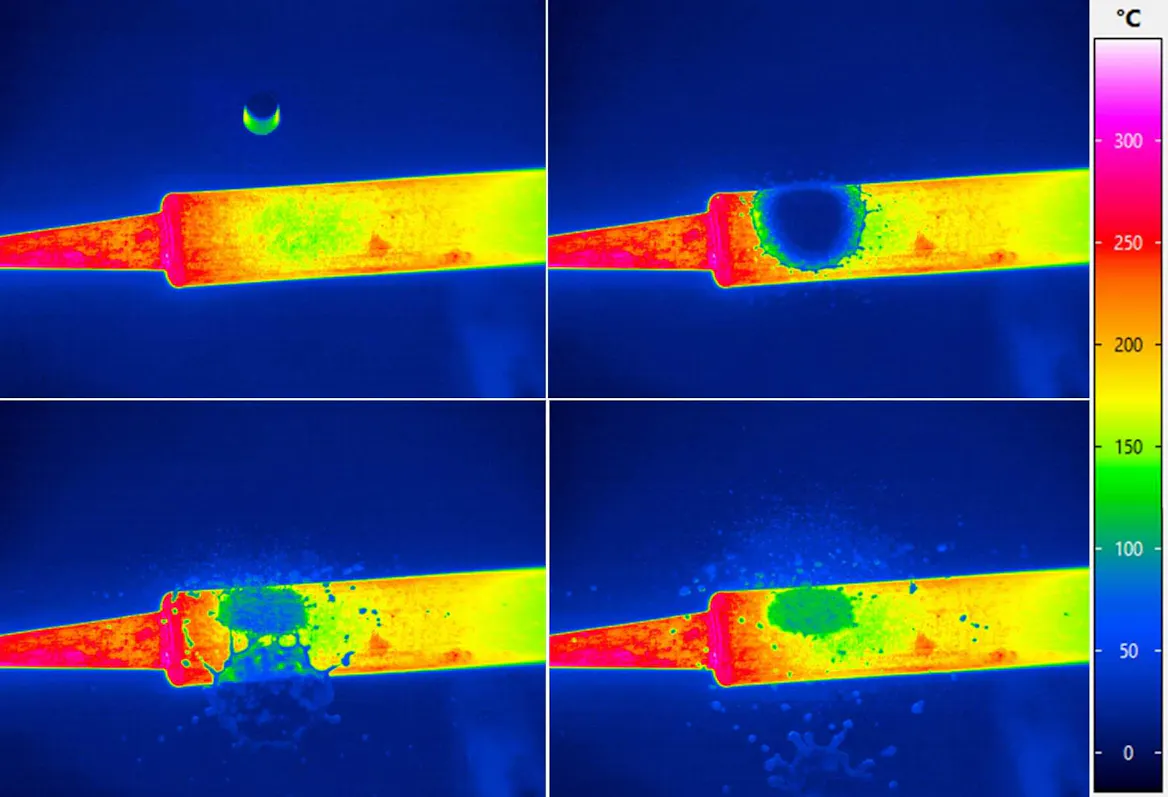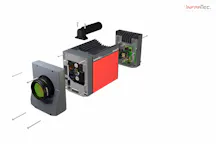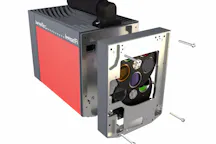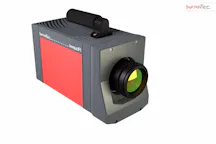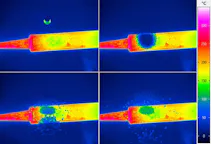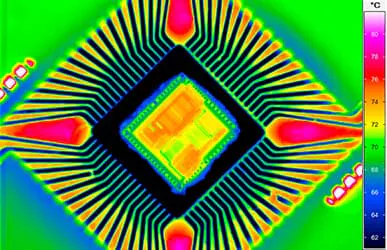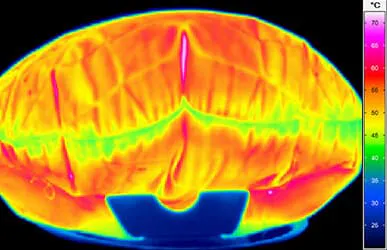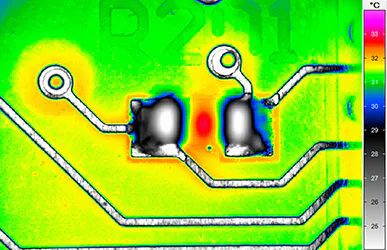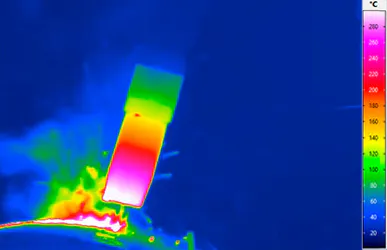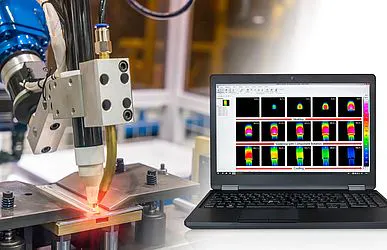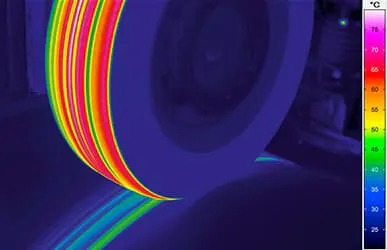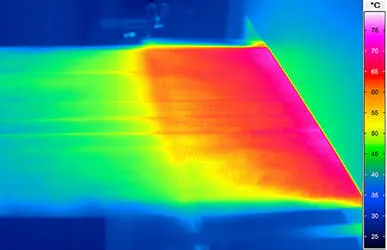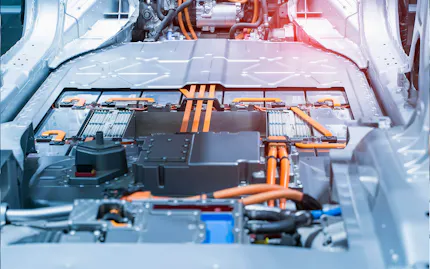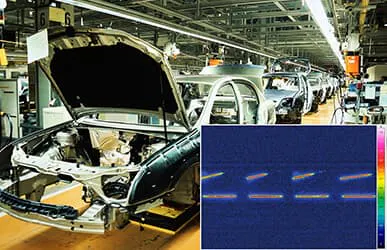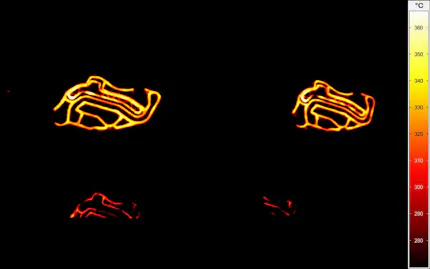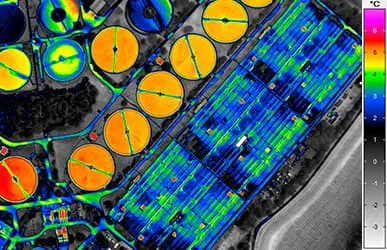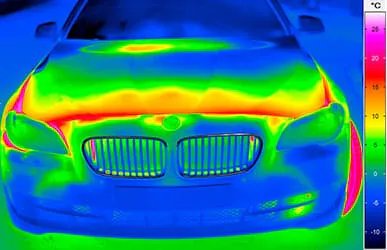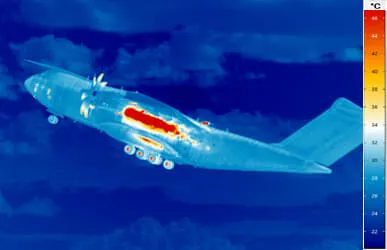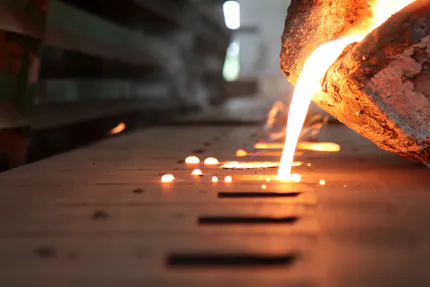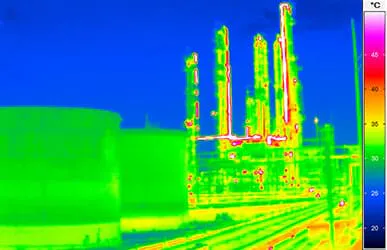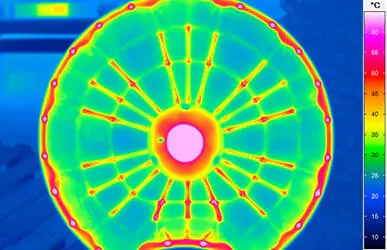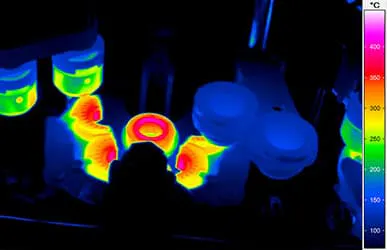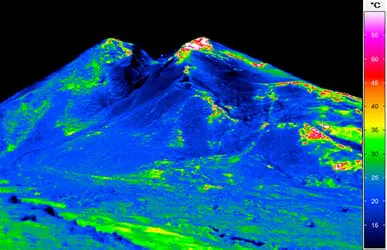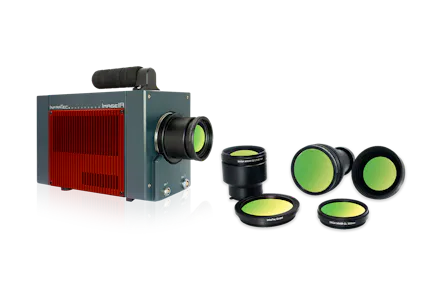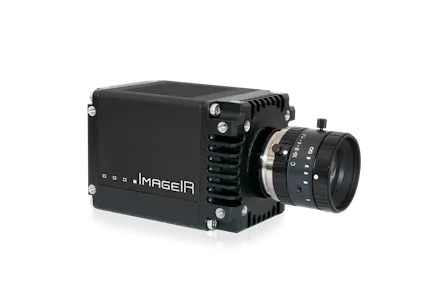„According to the Books“? Not With US!
Of course, there are many infrared cameras for many purposes from a wide range of manufacturers. However, only a few of these cameras allow flexible adaptation to measurement and inspection tasks and can be used universally in different fields of application, just like the ImageIR® thermography systems from InfraTec.
Why is that? Read on find out!

The Ideal Camera for Every User
With the cameras of the ImageIR® series, we pursue the goal of providing our customers and partners with exactly the thermographic system that provides the best results for their measurement and inspection tasks. That is why all cameras in the series have a modular design. Each model can be configured according to the user's requirements, whereby the performance data can be optimally adapted to the respective application. The ImageIR® can also be retrofitted or modified if measurement requirements change.
Configure Your Camera System
Each measurement or testing task has its own characteristic basic conditions. For getting optimal results camera, detector and lens have to be perfectly matched to one another. The field of view calculator helps you to determine the appropriate combination.
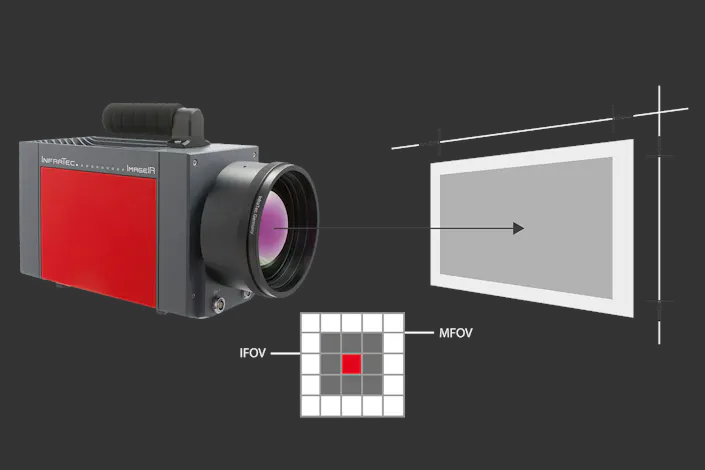
Special Features of an ImageIR® Camera
All models in this series are calibrated radiometrically and equipped with cooled photon detectors of various types (T2SLS, InSb, MCT, XBn, InGaAs), offering different spectral ranges and formats. This enables, among other things, short integration times, high thermal sensitivity and excellent geometrical and temporal resolution for precise temperature measurements, even at highest frame rates.
Infrared Radiation in the Electromagnetic Spectrum
Depending on the camera model, measurements can be carried out in the long-wave (LWIR), medium-wave (MWIR) and short-wave (SWIR) infrared range.

We Go the Extra Mile for You
Thermal imaging is a broad field and so we are always developing new features for our thermal imaging systems to expand the range of applications or to achieve even better results for your measurement and inspection tasks. In doing so, we follow your wishes and requirements to make our thermal imaging solutions more application-specific and user-friendly.
This edition of “Infrared Reflexions” also covers the latest developments in the field of our thermographic systems.
